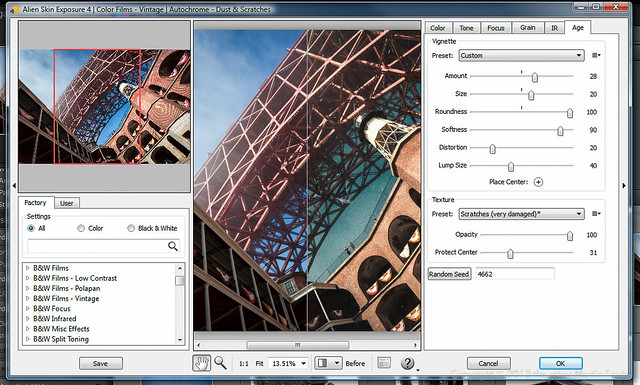 |
| Once you learn to deconstruct music you'll never listen to it the same way again. |
Here on the Candid Frame we often bemoan the fact that so much content out there is purely technical and about cameras and technique and not about photography. Photography disproportionately attracts a certain demographic; middle-aged, middle-class guys - my peeps. We have a tendency to pull the conversation towards the technical. In our defense, it has a lot to do with the way we were brought up and educated: we were pushed more towards the sciences, engineering and mathematics. We were encouraged to pull things apart and build things, to look at how things work, to be deconstructionists. Who can blame us when we apply the same philosophy to everything in the world: to people, relationships, to our art.
I noticed this early on in my own artistic endeavors. As a teenager and early twenty-something my passion in addition to partying and photography, was music. I loved listening to music and seeing bands play live so, naturally, I wanted to play in bands myself. To be in a band back then you had to be a deconstructionist. When you joined a band you'd be given a cassette tape of the band's material and you'd go away and spend a few weeks learning your part. This meant sitting with your instrument and a tape deck in your bedroom and tuning in to your part in each song, learning it by heart and playing along. It changes the way you listen to music forever. As a consumer of music you listen to music as a whole thing - you let the music wash over you and transport you. This is listening to music the way the musicians intended. As a wannabe musician you learn to pull the music apart in your head; to listen to the bass, the drums, vocal, keys and guitars all separately. You learn to tear it apart into measures of verse, chorus, intro, outro, bridge and solo and even more granular elements. You learn to find the key changes and the appropriate scales to use to build your solo from. You sit for hours listening to recordings of your heroes learning something note for note. When you have had enough of emulating others you try to build your own songs but you can never hear them like your audience can. You listen to your part and your band-mate's parts and any mistake or imperfection that you hear pulls your ear away from the whole.
When I got into video and filmmaking it was the same process. You take this thing that you love and you learn how to pull it apart into its components so that you can build it yourself. You learn too much to really enjoy your own work or the work of others anymore. There's a musicians joke that sums this up: How many guitarists does it take to screw in a light-bulb? Four. One to change the bulb and three to stand around mumbling to each other, 'I can do that better.'
 |
| There is still mystery and magic to be found in holy places. |
And yet I'd never go back; we can't go back. I love digital because it has made me a better photographer. I look back at my wet prints and all I see is dust and scratches and bad exposures and poor materials and mistakes. That is the price we pay for knowledge. So how can you experience the magic again? In music I can get it from forms I never learned to deconstruct: jazz, electronica and hip-hop. In film I find it in foreign movies that don't have to follow the Hollywood formula or short films or movies made for no money that don't have backers they have to answer to. In photography I find it by removing myself from the digital experience: by really spending time looking at monographs and by visiting my holy places, museums and galleries, where pictures transport you beyond the technical into the imagination and experience of the photographer.
There is no way to unknow what you know, or to turn it off. That boat has sailed. But in acknowledging your knowledge you can still find ways to experience the magic of photography. It is that magic I try to draw upon for inspiration not a newly learned technique or newly acquired piece of gear. It is so much easier for many of us to fall back on technique but, in my opinion, it is worth the effort to work harder to try to rekindle the magic that inspired you in the first place.
I'd love to hear any opinions you might have on this subject in the comments below.





































